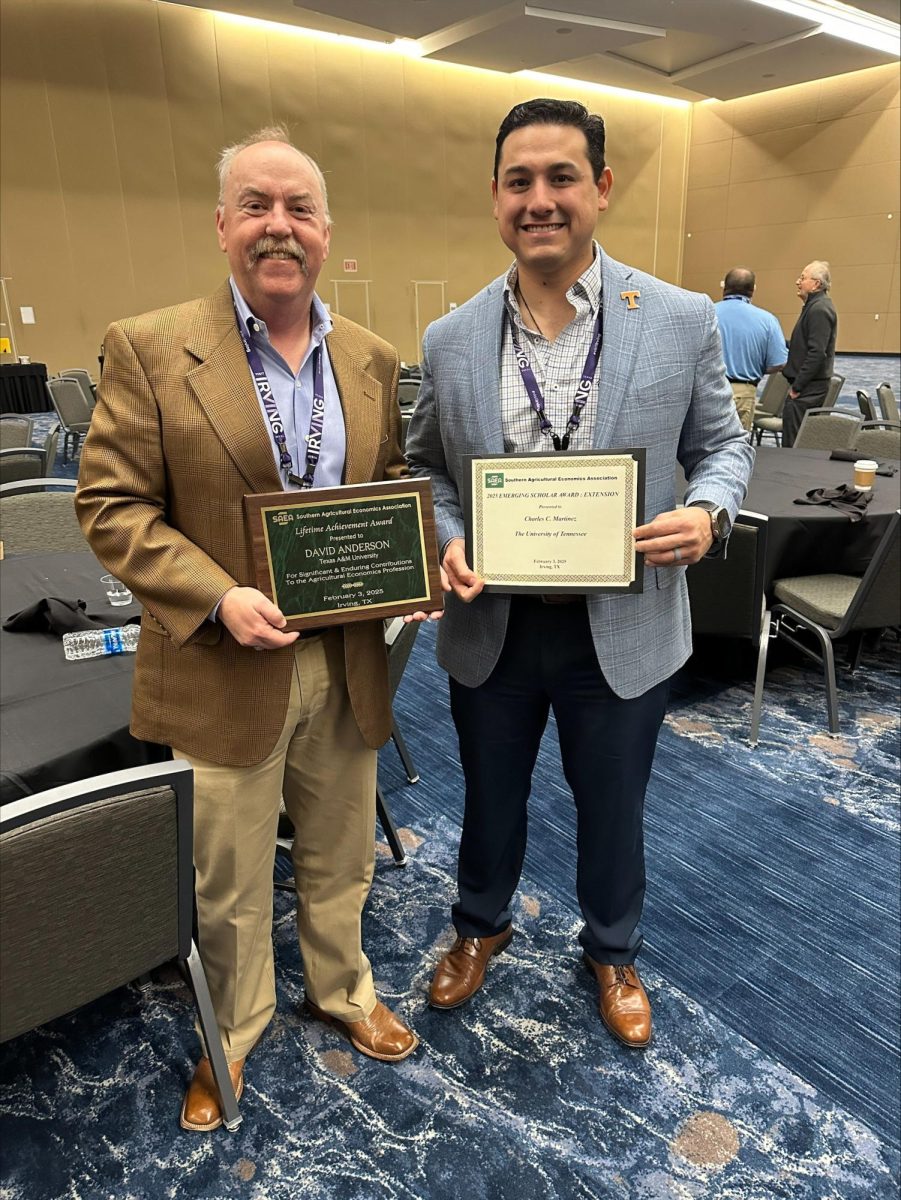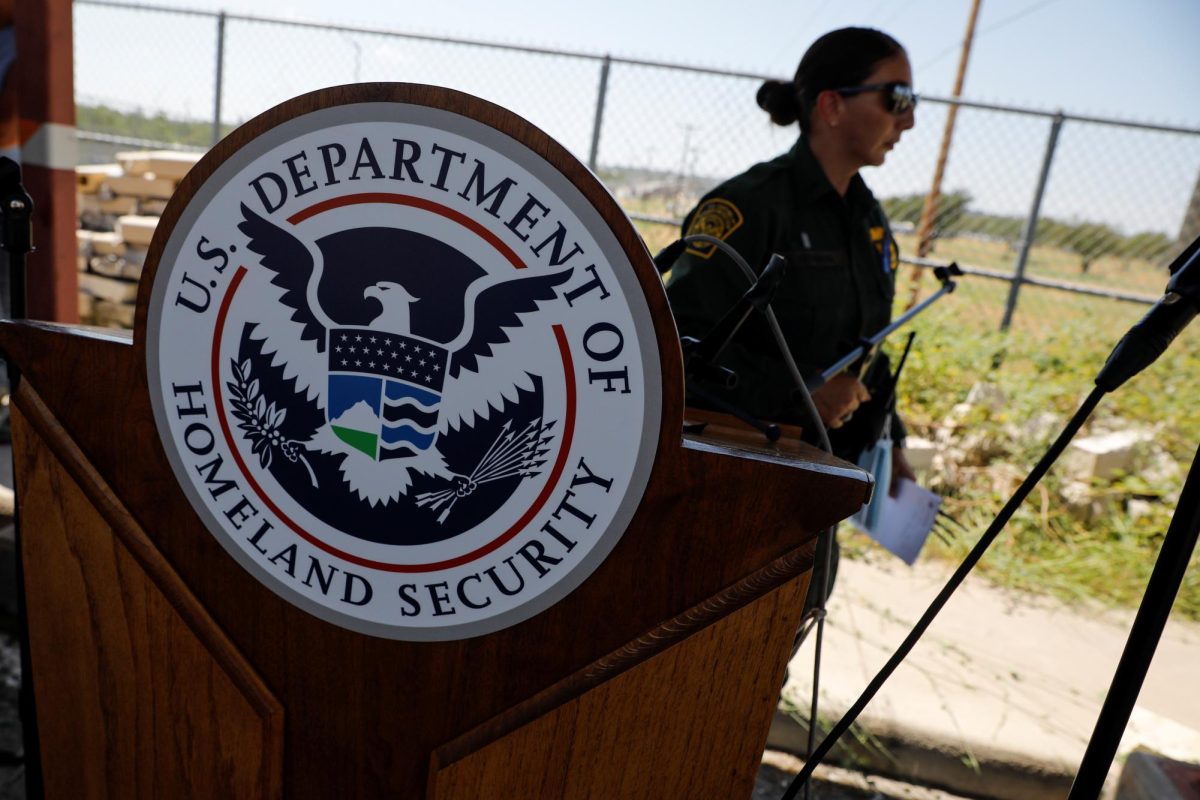Ebola appeared in the United States on Tuesday after the Centers for Disease Control and Prevention, CDC, and the Texas Department of State Health Services confirmed a case in Dallas.
Thomas Duncan landed in Dallas on Sept. 20 from Liberia. On Friday, he visited Texas Health Presbyterian Hospital, saying he felt ill. Although he did tell medical officials he had just come from West Africa, a miscommunication led to him being discharged until he was brought back in an ambulance Sunday. Duncan is currently in isolation in serious but stable condition
Brett Giroir, executive vice president and CEO
of Texas A&M Health Science Center, sent an email Wednesday to Health Science Center students and staff with updates.
“The presence of Ebola in our state and community is a very serious issue, but one that was expected given modern, global interconnectivity,” Giroir said. “Preparation for Ebola has been intense and implemented in nearly every major hospital in our state.”
Officials in Dallas announced Duncan may have come into contact with more than 100 people.
Scott Lillibridge, Texas A&M professor of epidemiology and biostatistics, said officials plan to monitor the exposed for 21 days for development of signs and symptoms.
“Individuals who have been in close contact with the patient when symptomatic are now undergoing monitoring by local health officials to detect the first signs of disease, such as fever, pain and gastrointestinal disturbances,” Lillibridge said.
Preventative strategies are in place, and Lillibridge said massive spread of the disease in Texas is doubtful right now.
“Texas has spread the effort with hospitals to prepare for potential outbreak, so we are well prepared and have a strong health community,” Lillibridge said.
In College Station, Lillibridge said there is no significant risk for students and residents, and people should follow CDC advice and visit a doctor if concerned that they have been exposed.
“Risk of Ebola comes from recent travel from West Africa, and contact with Ebola patients. However, the disease is only spread through contact of bodily fluids, which explains the reason why the CDC isn’t looking for the passengers on the airplane that the Dallas Ebola patient was traveling on,” Lillibridge said.
Only those showing active symptoms of the disease can transmit it to others. Active symptoms include fever, pain and systemic symptoms such as vomiting, diarrhea, severe muscle aches and bleeding.
Giroir said Texas has the infrastructure to deal with this epidemic and is well-positioned to respond.
“Federal, state and local experts are containing the disease in Texas by using strict hospital infection control measures,” Girior said. “I personally met [Wednesday] with CDC, state and local public health officials, and believe that the current plan is sound, expertly implemented and will be successful in containing the disease.”
Expertly implemented’ plan limits Ebola threat in Texas
October 2, 2014
0
Donate to The Battalion
$2790
$5000
Contributed
Our Goal
Your donation will support the student journalists of Texas A&M University - College Station. Your contribution will allow us to purchase equipment and cover our annual website hosting costs, in addition to paying freelance staffers for their work, travel costs for coverage and more!
More to Discover









